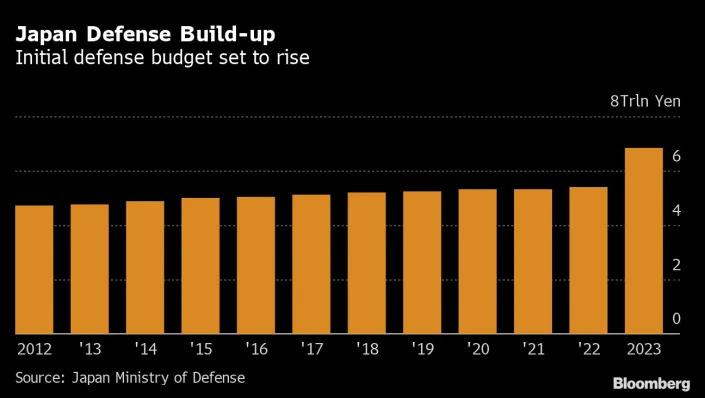
Amazon's executives are preparing for an uncertain economy by cutting costs and increasing profit margins
Eugene Kim
Thu, December 22, 2022 at 10:55 AM MST·2 min read
Amazon's economists expect the company's growth to slow as cost cuts continue.
They said Amazon's growth and profitability have historically been "negatively correlated."
The forecast was part of an internal 12-page macroeconomic analysis created in November.
Amazon is cutting costs across the board in anticipation of a severe economic downturn.
That likely means Amazon's revenue growth will also slow down, according to an internal macroeconomic report obtained by Insider.
The report, put together by Amazon's economic, finance, and science teams, is part of the company's internal research into the broader macroeconomic landscape. The 12-page study touched on topics of a recession possibility, inflation forecast, and their impact on Amazon's overall business, as Insider previously reported.
The November report indicated the company is now cutting costs to focus on profitability and sales will grow at a slower pace than before.
"Acceleration in business growth is associated with profit margin deceleration, and vice versa. There is a clear tradeoff between the interplay of profit seeking and growth, rendering it difficult to achieve both objectives simultaneously," the report said.
"As our pendulum swerves to cut costs in pursuit of higher profit margins, this may undermine our ability to grow at a faster pace in the near — or mid-term," it added.
The report also showed Amazon's economists put the odds of the US economy going into a recession in the next six months at 30%, far lower than other estimates that all but guaranteed a recession next year.
In an email to Insider, Amazon's spokesperson said the company's leadership team disagreed with its own economists.
During Amazon's most recent earnings call in October, CFO Brian Olsavsky painted a more dire picture and said the company is tightening its belt and pausing hiring due to the "uncertain economy."
"The continuing impacts of broad-scale inflation, heightened fuel prices and rising energy costs have impacted our sales growth as consumers assess their purchasing power and organizations of all sizes evaluate their technology and advertising spend," Olsavsky added during the call.

















